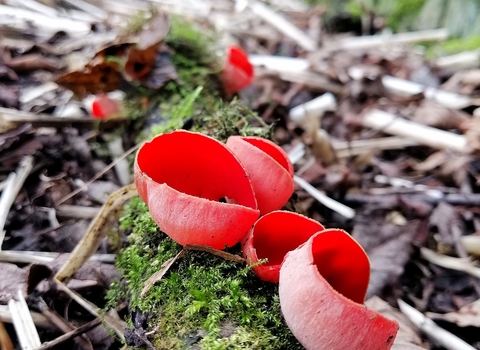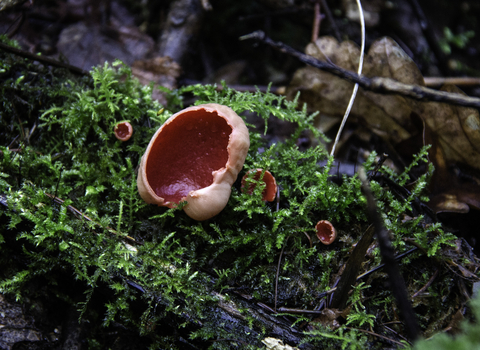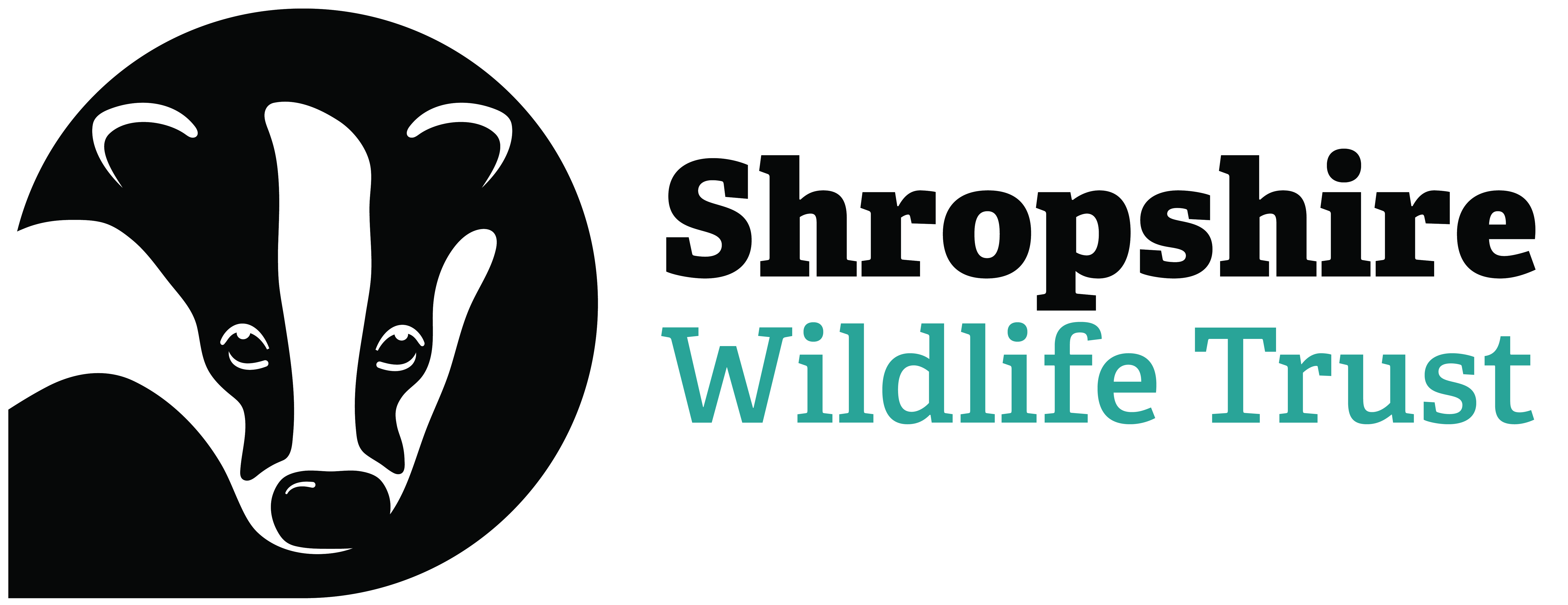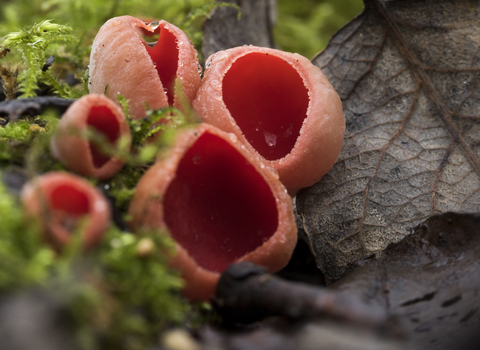
Ali Mckernan

Scarlet Elfcup ©Mark Robinson
Scarlet elfcup
As its name suggests, the scarlet elfcup is a bright red, cup-shaped fungus. It is widespread, but scarce, and can be found on fallen twigs and branches, in shady, damp places.
Scientific name
Sarcoscypha austriacaWhen to see
January to AprilSpecies information
About
The scarlet elfcup displays bright red cups with short stems. It can be seen in late winter and early spring on fallen twigs and branches (often Hazel, Elm and Willow), usually buried under moss. It is reasonably widespread, but not very common. It is mostly found in damp, shady areas. Fungi belong to their own kingdom and get their nutrients and energy from organic matter, rather than photosynthesis like plants. It is often just the fruiting bodies, or 'mushrooms', that are visible to us, arising from an unseen network of tiny filaments called 'hyphae'. These fruiting bodies produce spores for reproduction, although fungi can also reproduce asexually by fragmentation.How to identify
The scarlet elfcup has rounded, regular-shaped fruiting bodies that look like cups; they have a bright scarlet and smooth inner surface. The outer surface is pale pink and covered in tiny hairs. The cup has a very short stem.Distribution
Widespread, but scarce.In our area
Common in Shropshire, you are particularly likely to see them in our woodland nature reserves.
Did you know?
The ruby elfcup is very similar in appearance to the scarlet elfcup (Sarcoscypha austriaca). There's no physical difference. You can only tell them apart by microscopy (tiny fine hairs are the difference).TheFUNgiguy - Scarlet elf cup
Common in Shropshire, you are particularly likely to see them in our woodland nature reserves.

